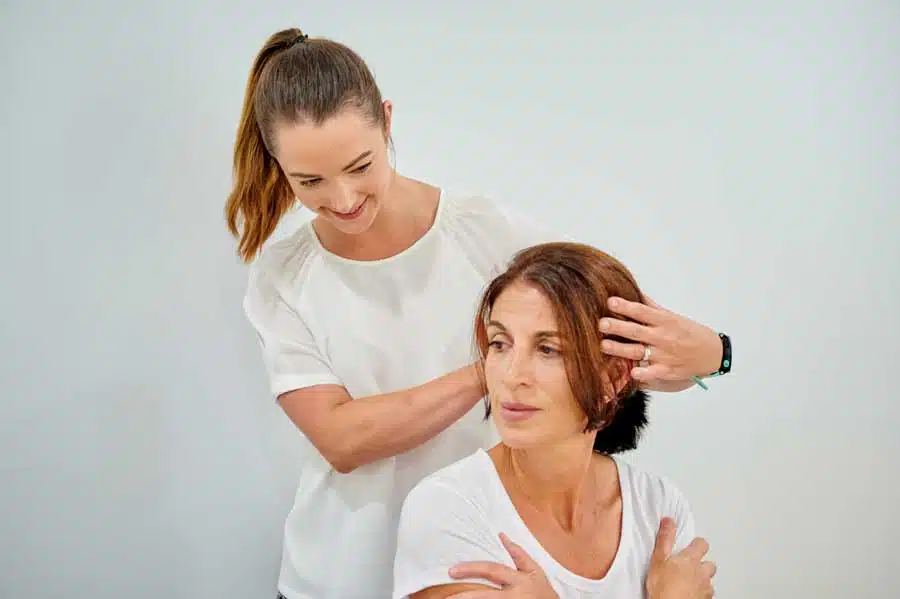Acromioclavicular (AC) Joint Injuries
What Is An Acromioclavicular (AC) Joint Injury?
Your acromioclavicular (AC) joint is the joint between your collar bone (clavicle) and a part of your shoulder blade (scapula) called the acromion. The resulting meeting point between these two bones is called the acromioclavicular (AC) joint.
AC joint injuries refer to damage between the joint and the nearby ligaments that support the joint. Injuries might be:
- An acute (sudden) injury to the joint because of an injury or event (e.g. falling onto your hand or someone colliding with your shoulder blade) These could be minor like a sprain, or major, like a displaced collar bone.
- A degenerative injury as the result of a condition like osteoarthritis.
What Are The Symptoms Of An AC Joint Injury?
Symptoms of an AC joint injury depend on the severity of the injury, and can range from pain when leaning on the affected joint to swelling over the shoulder. Other symptoms include:
- An extra bump, pain, or bruising where the shoulder blade meets your collar bone.
- A ‘step’ deformity: this is a more serious indication of injury where the two connections have separated partially, relating in a dip, or ‘step’ between the two joints.
- Shoulder pain which starts from the joint and may radiate up to the neck and head.
- Pain when lifting objects or moving the arm horizontally across the body.
Are AC Joint Injuries Common?
As many as 70% of people are likely to have shoulder pain in their lifetime. It is the most common location for injuries in the shoulder for people that have osteoporosis.
10% of shoulder injuries are AC joint injuries, which rises to 40% of shoulder injuries in athletes. Acute injuries to the AC joint are more common if you play hockey, rugby, or football, go skiing, or cycle regularly. Longer term damage to the joint may occur if you play baseball, volleyball, basketball, or weightlift.
These sports pose a particular risk to those with AC joint injuries because they increase the chances of direct shoulder impact with fellow athletes or the ground. Repetitive lifting movements for sports like weightlifting also risk aggravating the AC joint.
What Are The Diagnosis And Treatment Options For AC Joint Injuries?
AC joint injuries are diagnosed via a combination of physical examination and X-ray. If you initially believe you have an AC joint injury, apply ice to the area for small periods of time and keep the injury elevated. After an assessment of the severity of your AC joint injury, your Sydney Pelvic Clinic therapist may recommend:
- Use of taping or a brace to support the joint
- Physiotherapy either at home or in the clinic to restore range of movement
- Functional training and strengthening exercises to allow for correct scapula function
- Temporary modifications to upper limb exercises e.g. bench pressing
You should be able to return to contact sport 1-3 weeks after injury if there is no damage to your ligaments. After AC joint damage, ensure that your shoulder blade and collarbone are appropriately strapped to avoid further injury. Carry out adequate warm up and cool don exercises to avoid overstressing your AC joint further.
If you believe you have an AC joint injury and would like to seek treatment, book an appointment with us at Sydney Pelvic Clinic today for expert advice on your AC condition.
